Over the next 12 months you’re going to see some ambitious things happening in arts, culture and heritage (translation: cool stuff) around Herefordshire.
That’s in part because the Herefordshire's a Great Place project is trying to shine a spotlight on creative projects across the county, from major modern art installations or churches being used for breakdancing workshops.
Where the good news gets better is that, along with all the very worthy and well-meaning spotlight-shining, Great Place is directly funding a raft of new and ambitious projects through its Hidden Gems grant scheme. Earlier this year the grant scheme opened for applications and now, after being assessed by an independent panel of mid-career creatives, funding has been awarded to four projects.
The Shire caught up with the people behind each project for their take on what to expect over the next 12 months.
Creatures of the Mappa Mundi
Meadow Arts, based in Ludlow, has been awarded £12,000 for a project called Creatures of the Mappa Mundi, commissioning international artist Yinka Shonibare and working with Herefordshire-based groups to create bold textile works inspired by the creatures depicted on Hereford’s medieval map and what it means to be ‘an alien’ in 2018.
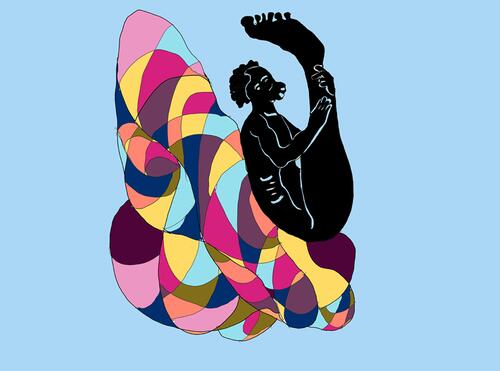
Digital Engaged Nature
New Leaf Sustainable Development Ltd, based at Queenswood Country Park at Dinmore near Leominster, has been awarded £12,000 for DEN (Digital Engaged Nature), developing digital Augmented Reality artwork and an app with young people and professional artists inspired by Queenswood’s trees and plant life.
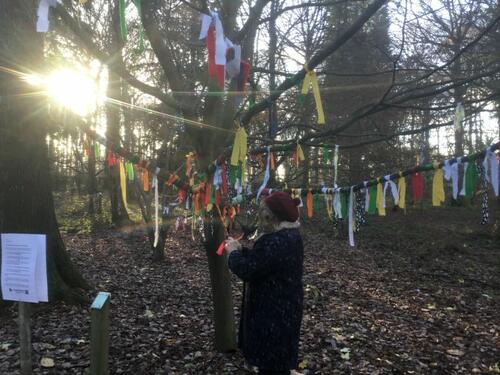
The Pirene Project
CreateRoss, a membership association based in Ross-on-Wye, has been awarded £11,500 for The Pirene Project, working with schools and other local groups to create an Augmented Reality tour of local heritage sites, with the recreation of a dramatic 18th century fountain that once stood on the Prospect at the centre.
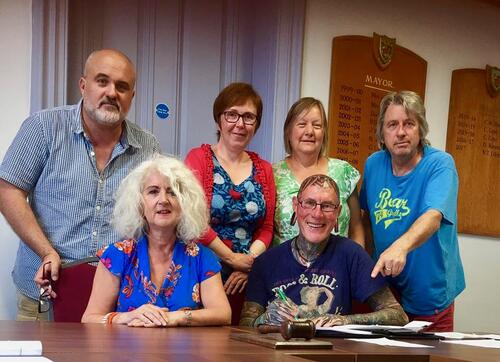
Hush Now, Hidden Women
Hereford-based Feral Productions has been awarded £12,000 to create Hush Now, Hidden Women, an ambitious countywide series of digital and live performances that will give voice to the unmarried mothers who were stigmatised and hidden away in Magdalene Homes across Herefordshire.
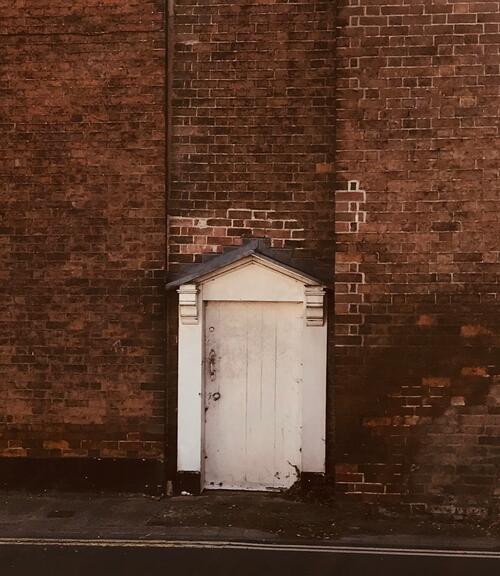
Hello Hidden Gemmers. Tell us about your project in Twitteresque 280-characters or less?
Ian Lewis, the Pirene Project: We’re building a virtual museum at the Prospect in Ross-on-Wye. As its centre-piece will be an Augmented Reality reconstruction of the 18th century fountain, lost since 1800. Eventually the project will grow to become a museum without walls around the whole town.
Rebecca Farkas, Creatures of the Mappa Mundi: Meadow Arts is very excited to be working in partnership with Hereford Cathedral to commission a new artwork by Yinka Shonibare MBE (RA), inspired by the Mappa Mundi and made with the help of Herefordshire people.
Estelle Van Warmelo, Hush Now Hidden Women: Hush Now, an arts and heritage collaboration inspired by and partially performed in the Magdalene Homes of Herefordshire’s recent past, giving voice and visibility to the resilience of the unmarried mothers who were stigmatised, silenced and hidden away.
Jaime Jackson, Digital Engaged Nature: DEN is making visible our personal connections to nature through art and technology. The one thing that connects us all together across the world is nature, but we feel so separate from it. We too often locked to our screens and we don’t play in nature. What if people make their own nature portraits with our artists, and hide them in the trees at Queenswood. The only way to find them would be to use the magic of virtual reality using your phone or our tablets from the visitor centre. Let’s make the hidden appear.
Where and when can people see it?
Ian Lewis: For the full experience you’ll have to travel to Ross, but we’re planning a sofa version too.
Rebecca Farkas: The exhibition opens in the Mappa Mundi & Chained Library exhibition space at Hereford Cathedral on 24 January 2019 and will be there until 1 June 2019. There'll be a special event at Hereford Cathedral on 24 January when Yinka Shonibare will be interviewed by BBC broadcaster Francine Stock [tickets will go on sale shortly].
Estelle Van Warmelo: Individual performances will be heard across the county and beyond from March to May 2019. They'll be seen in early summer, seen and heard in and around the Cathedral Close/Powell Theatre at the end of May. Digital artworks will be available online throughout on the Feral website, Facebook, Instagram and Twitter.
Jaime Jackson: Come to Queenswood and take part, we want you to add your virtual nature portrait in our project, the final works will be shown at Queenswood as an Augmented Reality exhibition in the Woods, from July 2019 onwards.
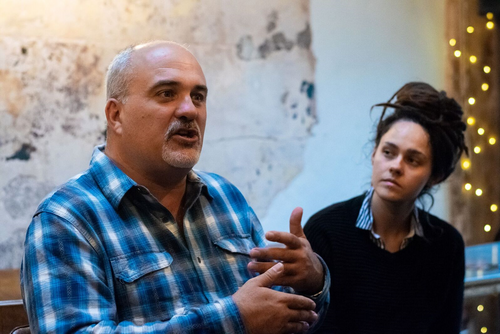
What % nervous or excited are you right now as your Hidden Gems project gets underway?
Ian Lewis: Excited 70%, nervous 30%. Of course it’s always exciting getting the endorsement of a grant. But now we have to make it work, and, like all creative projects, it’s all a bit of a prototype. But we’re used to that and Ross has no shortage of talent, knowledge, and expertise...
Rebecca Farkas: To use an X-Factor turn of phrase, we are 110% excited to be bringing such a brilliant and well-respected artist to Herefordshire. We've wanted to work with Yinka for years and it's thrilling that it will be on a new commission - he is so inspired by the Cathedral and Mappa Mundi that he is making extra works for the show.
Estelle Van Warmelo: 10%/90% - nervous if not enough people come, nervous if too many come. Excited because it’s a piece that demands to be made and now it will be.
Jaime Jackson: I want to do people justice to their creativity and ideas. I want people to find out about this project people who normally do not have opportunities like this to get involved.
When it comes to making your idea happen, what’s first?
Ian Lewis: Simultaneously going deep into the history of the Prospect and the fountain; and laying the digital groundwork for the app.
Rebecca Farkas: Our curators view the work of many artists over the course of each year, so they have an excellent knowledge of what is out there, what new ideas /concepts are being developed and what is exciting. The team is always looking at venues we can work with, as we don't have an exhibition space that belongs to Meadow Arts, which gives us the freedom to work in lots of places. It's a case of finding the right fit between the artist, the ideas/themes of a project and the venue - that is what the curators do. With Yinka Shonibare, we have spoken to him before, but this time the ideas and the venue lined up perfectly with the ideas he's exploring in his work.
Estelle Van Warmelo: The site. Then research. Then more of the site and more research.
Jaime Jackson: People’s ideas come first in the project.
Are there any cultural or artistic projects that you’ve seen elsewhere in the world that you’ve looked at and thought 'yep, that’s how to do it’?
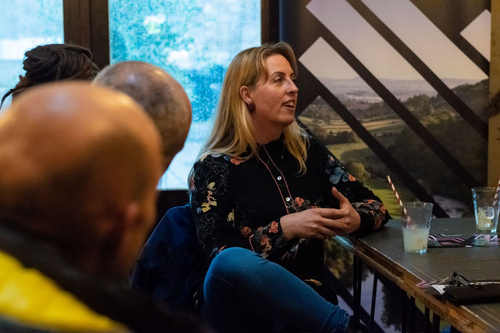
Ian Lewis: Augmented reality is becoming more common, but it’s still not mainstream. There’s some interesting augmented reality heritage work in Colchester, Eastbourne, and the Glamorgan Coast.
Rebecca Farkas: Projects that we love include Liverpool Biennial and the work that Artangel does in this country; abroad, our curator travels to Manifesta whenever possible. These art events take the structure of a city or place and integrate art into it. They also get the people who live there involved in making some of the artworks, which we think is absolutely brilliant. We're hoping that Coventry can do something spectacular in our region when it is City of Culture in 2021 and we're really keen to see how the Coventry Biennial develops after its inaugural year in 2017: look out for it next autumn.
Estelle Van Warmelo: Artichoke’s brilliant. Fearless. The Corn Exchange in Newbury is doing really interesting stuff too.
Jaime Jackson: All the time, whenever people’s true imagination is let out then that is how to do it.
When people get home after seeing your Hidden Gem project, what do you think they’ll say when someone asks ‘how was it’?
Ian Lewis: That was cool, and really interesting!
Rebecca Farkas: We think that people will love the amazing colours of the textiles that Shonibare uses in his work and we hope that the project will help people to have discussions about our place in the world, the environment, the issue of immigration in Herefordshire and the wider UK and how art can help us to look at these things in new ways. We hope that lots of people who have not yet seen the wonderful Mappa Mundi will visit Hereford Cathedral too.
Estelle Van Warmelo: Hopefully “that was really powerful” but more likely, “I never knew there was a Magdalene Home there”.
Jaime Jackson: It was not what I expected. It made me feel happy.
If you were to narrow it down what are the big ideas you’re trying to address through your project?
Ian Lewis: Number one is informing and exciting Ross residents and visitors about the town’s history. Number two is encouraging visits to the town to see the project. And number three is building an enthusiastic group of people who can continue to work on this project, and others, to encourage the idea of Ross as a creative centre.
Rebecca Farkas: The project takes the Mappa Mundi's 'strange' people and creatures from other lands as a starting point from which to look at our society's views on immigration and the 'other', as well as the impact we're having on the environment. We think it's fascinating that something as old as the Mappa Mundi, made in Medieval times, can still connect with modern issues and current debate. Perhaps less has changed in all those centuries than we think! Maybe visitors will consider this as well, once they return home?
Estelle Van Warmelo: To bring to air the stories that were kept hidden. To show that the Magdalene Homes are not just an Irish story. And to show that redemptive stories can emerge through adversity.
Jaime Jackson: That when it comes to real connections that have a heart felt expression people already have the ideas, they just need the confidence and support to express them.
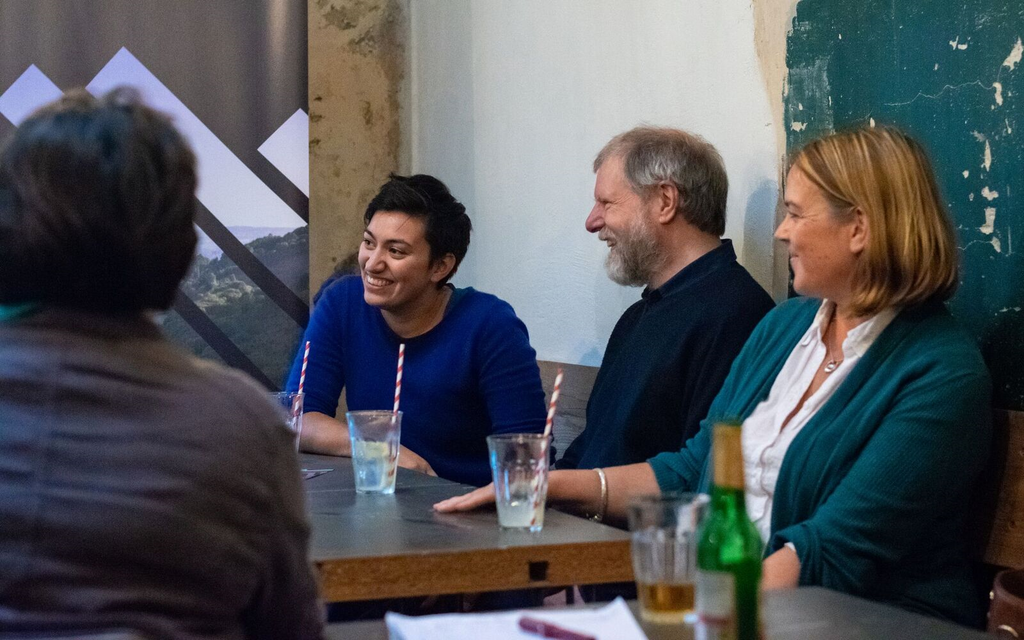
The world is an interesting and imperfect place right now. For you why does Herefordshire need bold arts, culture and heritage projects and perhaps, alternatively, why do projects like Hidden Gems need Herefordshire?
Ian Lewis: Arts, culture, heritage – it’s all about stories: the stories we tell to make sense of the world and find out how we fit in. Stories create communities and keep them together. If people tend to think of Herefordshire as isolated and out on the edge, bold projects like those of Hidden Gems show how much great cultural activity there is in the county. Those of us who live here are encouraged; those who don’t are impressed – and even envious.
Rebecca Farkas: Herefordshire is an interesting place to work and many artists live here for the lifestyle it offers. It can be quite a traditional place, but there are lots of people making lively and interesting work and taking it to places around the county, like the organisations taking part in Hidden Gems. Arts projects can help us all to explore ideas in new ways and a good art project can open up people's horizons. To see the kind of contemporary art that Meadow Arts brings to Herefordshire, people would normally have to travel to urban centres like Birmingham or London, which takes time and money. We think that taking art out of traditional gallery spaces and into the places that people visit more regularly can enrich people's lives and this is also what Hereford Cathedral is doing through its arts programme, presenting 1418 NOW’s Poppies: Weeping Window earlier this year and working with Meadow Arts to commission Yinka Shonibare's Creatures of the Mappa Mundi for Hidden Gems.
Estelle Van Warmelo: To wake us up a bit and encourage social and psychological investment in our community, pride and awareness in our environment and social cohesion where there’s a disconnect.
Jaime Jackson: It’s not why Hidden Gems need Herefordshire, it’s Herefordshire needs projects that will help it grow and fruit like a tree needs sunshine, rain and good soil.
To find out how you can apply for Hidden Gems funding in 2019, visit the Great Place Grants page.
Co-funded by Heritage Lottery Fund and Arts Council England and delivered through the Herefordshire's a Great Place project, Hidden Gems is a new grant scheme designed to support a strong cultural future.
Grants of up to £12,000 are available for creative projects that use arts to raise the profile of hidden heritage and work collaboratively with communities, artists, heritage experts and digital specialists to creatively tell the gem's story.
Great Place has nine Hidden Gems grants to give away between 2018 and 2020. Four grants have been awarded in 2018. Five will be awarded in 2019.